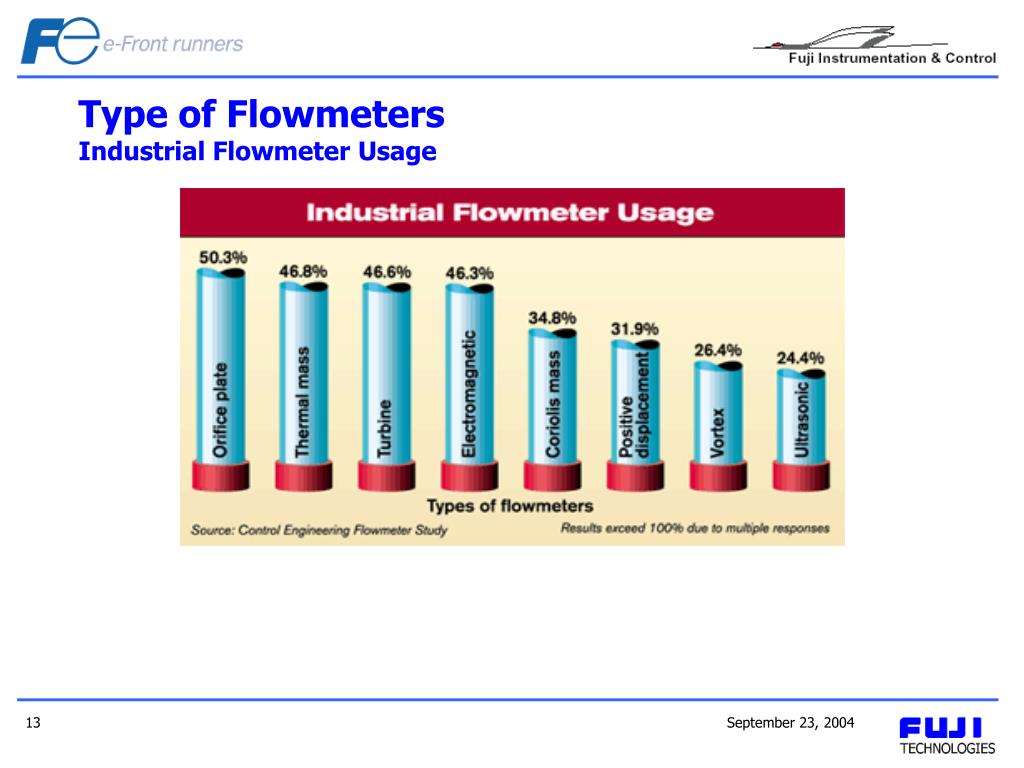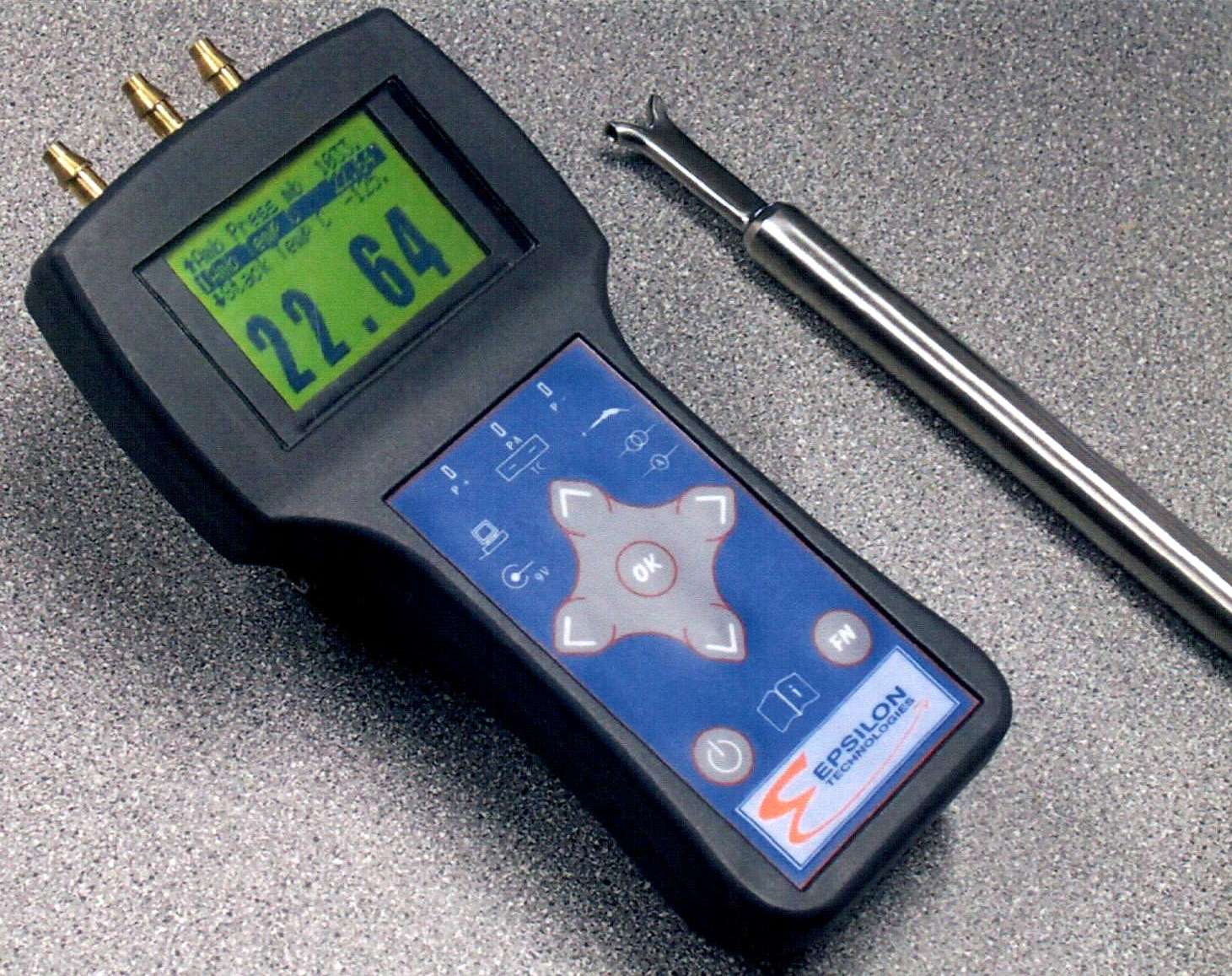
Is realized in this case for l ≤ 0.25 mm.įigure 1. Differential pressure measurement devices. As an alternative to capillary tubes, primary converters may be used in which the resistance is produced by a porous septum ( Figure 1b).

Such converters are usually used in measuring very small flow rates. Such a dependence exists if the length of the capillary tube bank ( Figure 1a) or of flat thin orifices is l = (200 - 300)d, whereas d is the hydraulic diameter. The flow condition of such a resistance is usually laminar in order to obtain a linear dependence The second group of flow meters depends on the differential pressure caused by a local hydraulic resistance in the pipeline. , where S is the cross sectional area of the channel upstream of the meter and α is a characteristic coefficient. The difference (Δp) between the pressure upstream of the contraction device (p in) and the pressure downstream of the device (p out) is related to the flow rate Here, differential pressure is created by converting part of the potential energy of the flow into kinetic energy by changing the cross-section of the pipeline.

A flow meter consists of a primary converter which builds up differential pressure, a differential manometer and the connecting pipes between them.įlow meters in the form of contraction devices (see Orifice Flow Meter) are the most common. The operation of a differential pressure flow meter device depends on measurement of the pressure differential caused by an arrangement installed in a pipeline, or by elements of the pipeline.


 0 kommentar(er)
0 kommentar(er)
